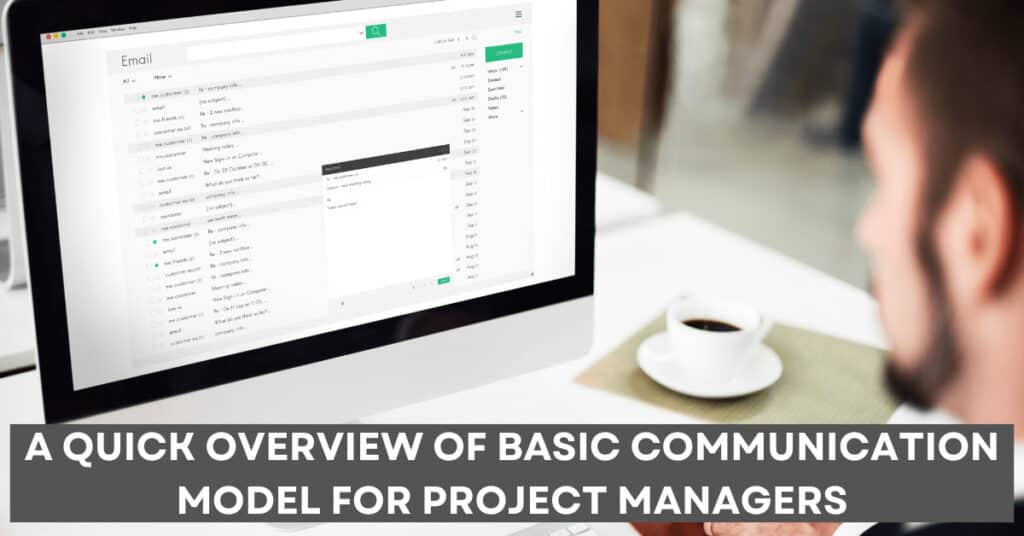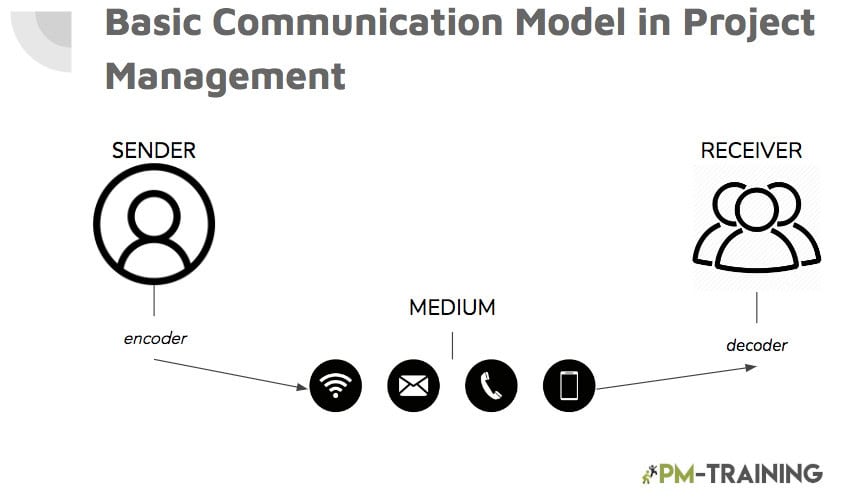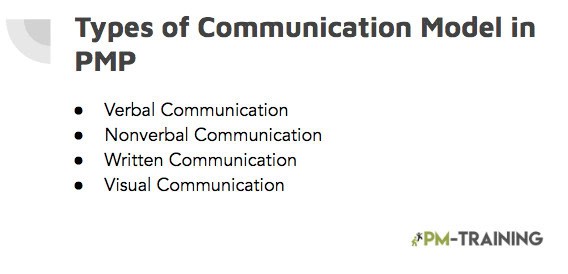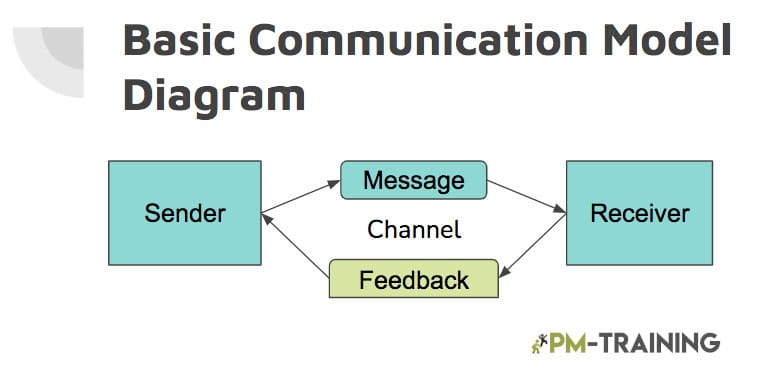
The basic communication model in PMP consists of five essential elements: the sender, the message, the channel, the receiver, and the feedback. The sender initiates the communication, the message is the information being communicated, the channel is the medium through which it travels, the receiver processes the message, and feedback is the response that confirms understanding. For communication to be effective, all five elements must work together seamlessly.
Communication is a critical aspect of every project manager’s role. To be an effective communicator, you must understand your audience’s needs and preferences. This means identifying project stakeholders and determining what information they require for success. It’s equally important to recognize that team members have different communication preferences—some prefer verbal communication while others favor written formats. Adapting your communication style to meet these varied needs ensures your message is understood and actionable.

Types of Communication Models in PMP
Communication in project management can take several forms, each suited to different scenarios and team dynamics. The four main types are verbal, written, nonverbal, and visual communication. As a project manager, knowing when to use each type is essential for leading efficiently.

Some situations require clarity and documentation, while others benefit from real-time interaction or visual support. Understanding these communication types helps prevent misunderstandings, improve collaboration, and increase project success. Let’s take a closer look at how each model works and where it fits best.
Verbal Communication
Verbal communication involves the use of spoken words to share information. It allows immediate feedback and helps build stronger connections, especially in meetings, daily stand-ups, or one-on-one discussions. However, it also requires both the sender and receiver to be present simultaneously, which can be limiting when dealing with large or distributed teams.
Furthermore, the clarity of the message depends heavily on tone, pace, and the listening skills of the parties involved. Project managers often balance verbal and written communication to ensure clarity and accountability.
Nonverbal Communication
Nonverbal communication goes beyond words and includes facial expressions, body posture, gestures, and tone of voice. This form of communication plays a vital role in conveying emotions, attitudes, and intent. For project managers, being aware of nonverbal cues is essential—especially during stakeholder meetings, performance reviews, or conflict resolution.
Misinterpretation of body language or tone can lead to confusion or mistrust. Learning to read nonverbal signals effectively enhances interpersonal communication and builds stronger working relationships across teams.
Written Communication
Written communication is a preferred method for documenting key project details, sharing instructions, and providing updates. It includes emails, reports, memos, meeting minutes, and formal documentation. Unlike verbal communication, written messages provide a lasting record that can be referred to later.
Clear and concise writing is crucial to prevent misinterpretation and maintain consistency across the team. For distributed teams or complex projects, written communication becomes the backbone of daily operations and stakeholder reporting.
Visual Communication
Visual communication uses charts, graphs, infographics, images, and videos to convey ideas. It’s particularly useful when dealing with complex data or processes. A well-designed Gantt chart, for instance, can help stakeholders instantly understand project timelines. Likewise, dashboards and progress visuals provide real-time insight into project status.
Visuals enhance understanding, reduce the need for lengthy explanations, and are especially effective in presentations and training. They complement written and verbal communication to deliver a more complete message.
Components of the Communication Model
The basic communication model in PMP defines how information moves from one person to another. It consists of five critical components: the sender, the message, the channel, the receiver, and the feedback. Each plays a vital role in ensuring the message is delivered and understood correctly. The sender initiates the message, which is transmitted through a chosen channel.

The receiver then interprets the message and provides feedback. If any component fails, communication may break down—leading to confusion, delays, or errors in project execution.
How Information Flows in Project Management Communication
Understanding the flow of information in a project is key to maintaining alignment between team members and stakeholders. A communication model diagram can help visualize this flow, highlighting how messages are transmitted and how feedback is returned. Typically, the sender begins by crafting a message, which is transmitted through a communication channel like email or a meeting.

The receiver processes the information and responds with feedback. This loop ensures clarity and accountability. Identifying communication gaps using this model can help improve future communication planning and stakeholder engagement.
The Sender
The sender is responsible for initiating communication. In a project setting, this could be the project manager, a team member, or a stakeholder who provides information, gives instructions, or raises concerns. The sender must ensure the message is clear, relevant, and tailored to the audience.
Poorly framed messages can lead to confusion and project delays. It’s essential for the sender to consider the channel, timing, and language to increase the effectiveness of the communication.
The Message
The message is the actual information being conveyed from the sender to the receiver. It can take many forms—status updates, instructions, feedback, or even concerns. The clarity, structure, and relevance of the message determine how well it will be received and understood.
In project management, a poorly written message can result in misaligned priorities, wasted time, or incomplete deliverables. Crafting clear and actionable messages is a key skill every project manager must master.
The Channel
The communication channel is the medium through which the message is sent. It could be verbal (meetings, calls), written (emails, reports), visual (diagrams, dashboards), or digital (messaging tools, project management platforms). Choosing the right channel depends on the nature of the message and the preferences of the receiver.
For example, urgent matters may require a call, while routine updates might be best suited to written formats. Effective project managers know how to match the message to the right channel for optimal results.
The Receiver
The receiver is the individual or group who receives the message. They are responsible for interpreting the information and responding accordingly. In project management, this could be team members, clients, vendors, or stakeholders. Effective communication relies on the receiver understanding the message as intended.
Cultural differences, language barriers, or unclear wording can affect comprehension. That’s why feedback is crucial—it confirms whether the message was understood correctly and enables adjustments if needed.
The Feedback
Feedback closes the communication loop. It’s the receiver’s response to the message and indicates whether the communication was successful. Feedback can be verbal or nonverbal, immediate or delayed, depending on the situation. In project management, timely and honest feedback ensures everyone is on the same page.
It also fosters trust, improves team collaboration, and allows for continuous improvement. Without feedback, communication is incomplete—and assumptions may lead to costly mistakes.
What Is Effective Communication for Project Managers?
Effective communication is the ability to deliver the right message to the right audience, using the right channel, at the right time. It’s not just about talking—it’s about listening, observing, and adapting. For project managers, it means understanding stakeholder needs, documenting conversations, clarifying expectations, and encouraging feedback.
It also requires tailoring communication styles to suit individual team members. Mastering this skill ensures smoother project execution, fewer misunderstandings, and stronger relationships with your team and clients alike.
Frequently Asked Questions (FAQs)
What are the types of communication models?
There are four main types of communication models in project management: verbal, nonverbal, written, and visual. Each type serves a unique purpose and is used depending on the situation, urgency, and audience preferences.
What are the main components of a communication model?
The key components in a basic communication model include the sender, message, channel, receiver, and feedback. These elements work together to ensure information is delivered, received, and properly understood.
What is effective communication for project managers?
Effective communication for project managers means delivering clear, concise, and relevant messages while actively listening to feedback. It involves selecting the appropriate channel, understanding the audience, and ensuring two-way interaction.
Suggested articles:
- Communication Channels in Project Management: Formula & Examples
- 5 Communication Strategies Every PM Needs to Succeed
- Agile Communication: Techniques, Examples, and Best Practices
Shane Drumm, holding certifications in PMP®, PMI-ACP®, CSM, and LPM, is the author behind numerous articles featured here. Hailing from County Cork, Ireland, his expertise lies in implementing Agile methodologies with geographically dispersed teams for software development projects. In his leisure, he dedicates time to web development and Ironman triathlon training. Find out more about Shane on shanedrumm.com and please reach out and connect with Shane on LinkedIn.